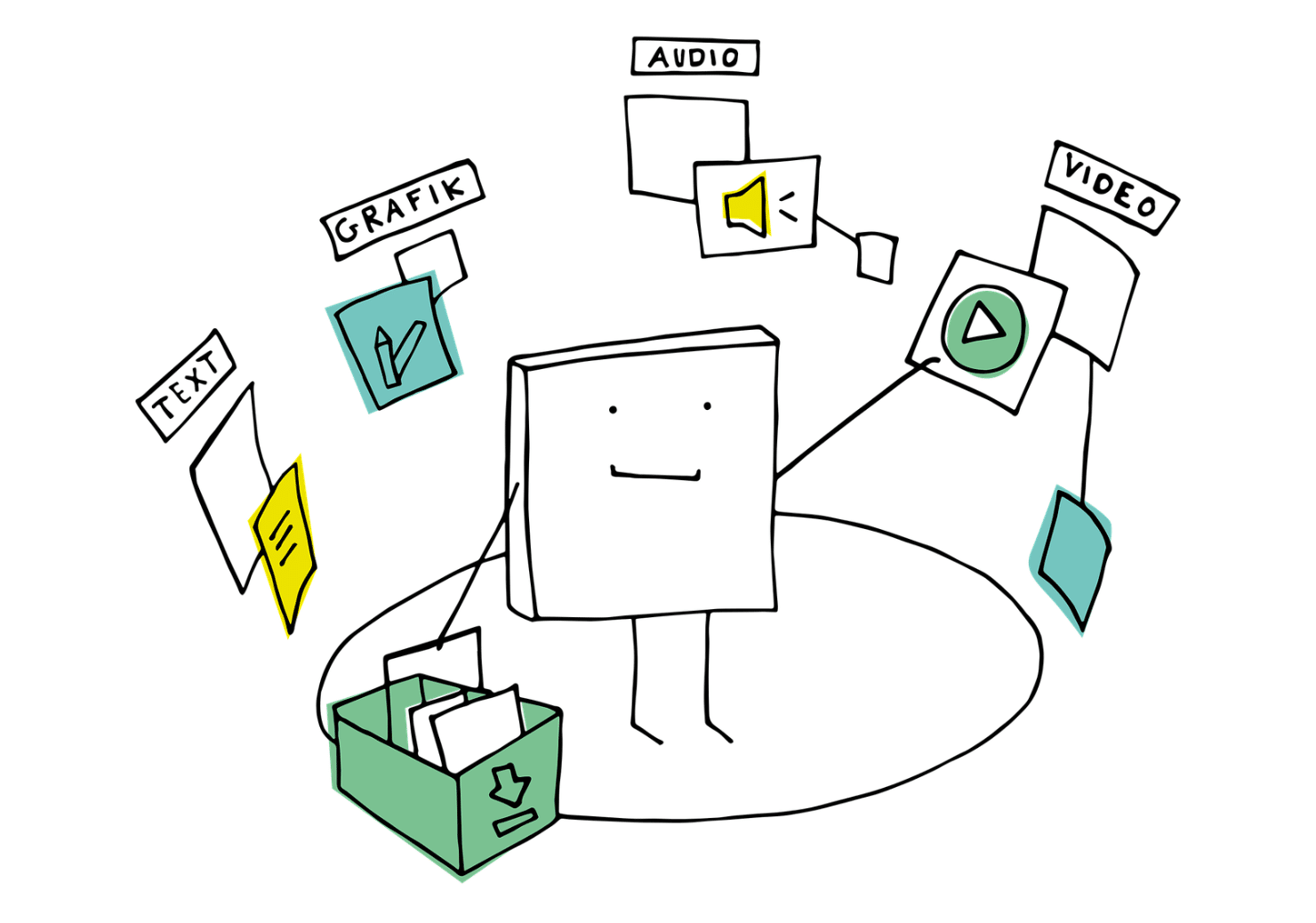Icebreakers are simple activities held at the start of a meeting that can increase productivity and support team wellness. They help build small but powerful connections between people that nurture psychologically safe spaces. They are also a quick and easy way to help a team get to know each other. Best of all, icebreakers help to bring focus to a room and therefore increase the effectiveness of the meeting that follows.
When it comes to remote teams, icebreakers offer even greater value. This is because they help address issues that can sometimes result from working online. They can make the online space feel more human. They can also counteract feelings of isolation.
Here we take a look at virtual icebreakers, and share those that have worked for our remote team.
What is a virtual icebreaker?
A virtual icebreaker is one that has been designed to be delivered in an online environment. Like all good icebreakers, they will follow the 3E Rule; that is, they are easy, enjoyable and explainable.
Icebreakers that are delivered remotely can include more elements than those in a face to face setting. This is because virtual icebreakers can make the most of the technology that is being used to deliver the meeting.
Virtual icebreakers can, for example, include –
- virtual meeting backgrounds
- digital images, emojis and GIFs
- music and sound effects
- video
- messaging platforms and apps
They can also tap into aspects of remote team members’ home environment.
How can virtual icebreakers help remote teams?
Virtual icebreakers give remote team members a chance to connect with each other they may otherwise not have. This is important because a feeling of connectedness is important for a team’s wellbeing.
While their colocated counterparts have the opportunity to catch up in a coffee line or chat while walking together to their next meeting, the same cannot be said for remote team members.The great news is that icebreakers are an easy and effective way to offer similar such chances.
The benefits don’t stop there. Icebreakers help to build supportive work environments. They encourage spaces in which people are happy to share. Icebreakers also help teams work better. In fact, there is research pointing to icebreakers improving the efficiency of remote teams.
Finally, icebreakers are fun. Not only do fun workplaces support team cohesion and learning, they retain team members for longer.
We’d like to thank our friends at Mechanical Rock Inc, Assurance Lab and Amazon Web Services for their assistance in the planning and implementation of this migration!
Our top 20 icebreakers for remote teams
Our top virtual icebreakers have been built with the benefits of remote work in mind. They leverage the variety of environments from which team members are working, the technology they have at their fingertips, and the shared experience of remote work.
Quick shares
As the name suggests, these icebreakers prompt remote team members to share something simple that is then explained. The chance to offer an explanation allows people to decide upon the level of insight they present to the team.
- Share the last emoji you used; explain why you chose it.
- Share a GIF that represents your current mood; what does it show about how you feel?
- Share an image that represents what you will be doing in 10 years time.
- Change your background to reflect an aspect of your personality; what does it show about you?
- Play a sound grab that lifts your mood; why do you like it?
Quick tours
Our environment is a reflection of ourselves, and showing what’s around us offers insight into our world. These icebreakers are very effective in gaining focus as they tap into our natural curiosity to learn more about each other.
- Show us what’s on your desk; what should and shouldn’t be there?
- Show us around the room; why are you working from that spot?
- Take us to your favourite spot; why do you like it?
- Show us your view; what can you see?
- What’s under your desk?
Grab it
These icebreakers are a bit like a scavenger hunt. Allow 30 seconds for team members to quickly grab the nominated item. These icebreakers give people the chance to move as well as share.
- Show us something you regret buying.
- What is the most unusual kitchen utensil you have?
- Grab something blue.
- What do you own that has no purpose, and yet you still love it?
- Introduce us to your pet (if you have one), or share a photo of a pet you wish you had.
Celebrating our remote work experience
There are quite a few advantages to working remotely and from home. Asking icebreaker questions that prompt people to identify those benefits are a great way of fostering connections while setting a positive tone for the meeting that will follow.
- What does working remotely allow you to do that couldn’t happen if you were working face to face?
- What do you do instead of commuting to and from work?
- Be honest – how often do you work in your pajamas?
- What have you learnt about yourself by working remotely?
- Describe your ideal remote work space.
Want more?
If you’re keen to get started but don’t know how, head over to our post on how to run an icebreaker.
Ready to run your ice breaker? Create one now.
Designed with agile teams in mind, you can pick a question, randomise who goes next and even keep an eye on the time!
